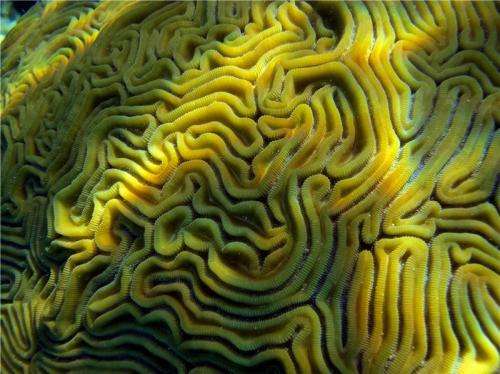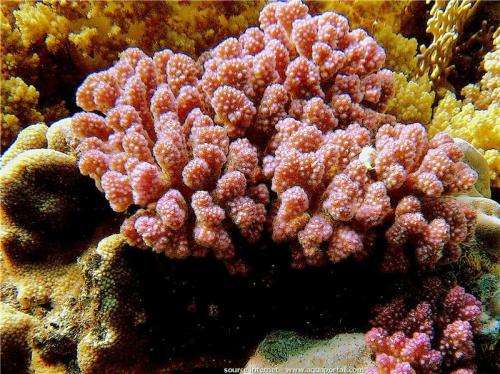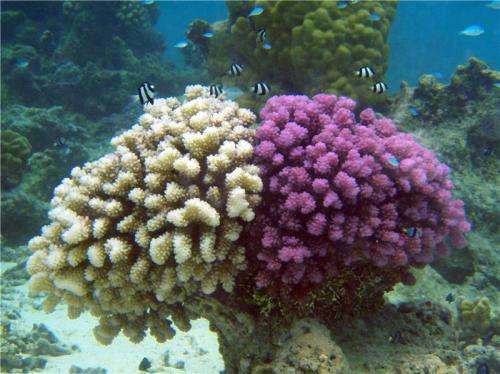Corals surviving the ocean's pollution

Unlike other marine species, the corals are still capable of adapting under current circumstances of sea acidification, reveled by researchers at the Center of Biological Research of the Northeast (Cibnor). "The first models indicated that the coral reefs would disappear midcentury, but our study reveals that corals are adapting to the ocean's acidification that has increased since the industrial revolution", Eduardo Balart Páez said, head of research.
The project is performed along the Gulf of California and the coast of the Mexican Pacific, where a natural acidification gradient exists. The scientist analyzed colonies of Porites and Pocillopora, which are the more important species in the reefs of the Oriental Pacific Ocean.
Through radiographic plates taken from samples of Porites panamensis of up to 22 years of age, changes in extension, density and calcification were visualized through time in the coralline skeleton. DNA was also extracted from both coralline groups with the objective of knowing their genetic diversity.
This studies helped identified that the ocean's acidification is affecting the coral's growth but not dramatically, moreover the impact is different between males and females. The corals of the Pocillopora genus are hermaphrodites but not Porites, hence the answer is not the same for all.
"This marine organisms are healthy, for the moment, because of a bigger energetic expense given by a genetic adaptation, however as the acidification levels rise there can be a disturbance in the sexual proportions", warned Balart Páez.

The researcher specified that the specie Porites panamensis is a massive coral that is frequently found from the shore to a depth of 30 meters. Meanwhile, the Pocillopora, ramified corals, require a great quantity of light given to their great dependence to the photosynthesis of their symbionts, and that is why they are found in shallow waters.
The current acidification of the oceans is a consequence of the rise of carbon dioxide emissions to the atmosphere, from the main anthropogenic activities (industry and transportation). The average pH of ocean waters was of 8.15 during preindustrial period, and now it has dropped to 8.05; meaning that, the ocean is turning more acid.

Finally, the researcher considered that the threat of acidity over the reefs has not diminished. It will be necessary to do more research in order to find which coral species are the most prone to adapt, how the fragmentation of populations is affecting them and study the phenomenon in the laboratory to elaborate forecasts to possible future scenarios.
Provided by Investigación y Desarrollo

















